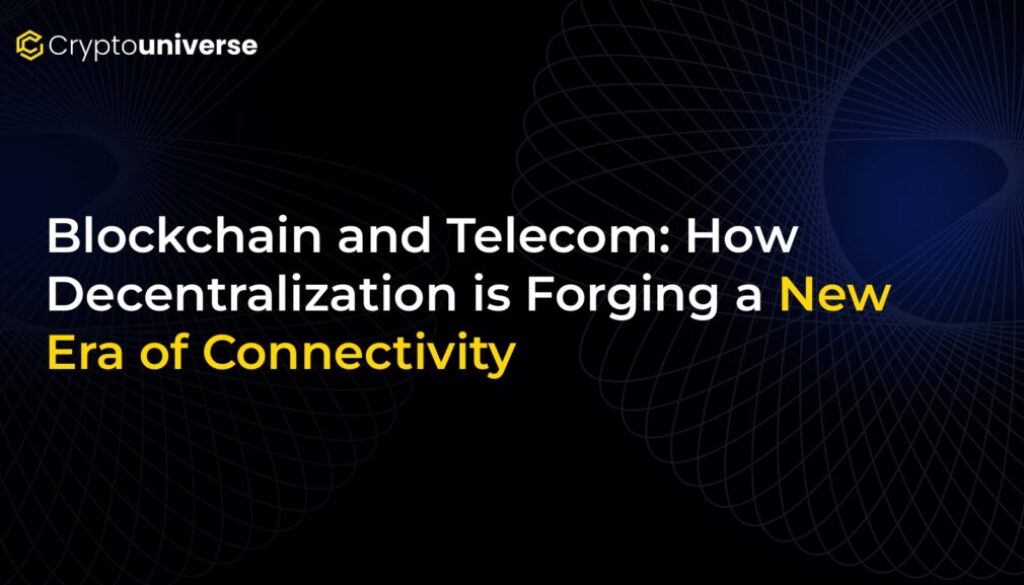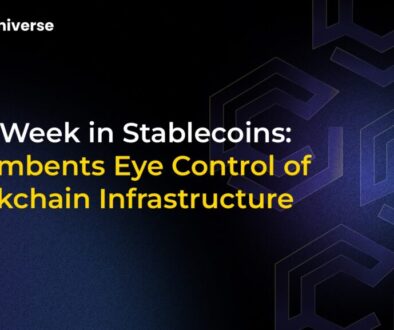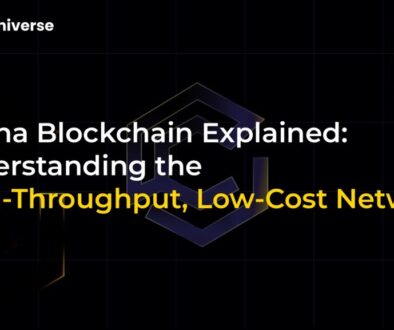Blockchain and Telecom: How Decentralization is Forging a New Era of Connectivity

The Next Great Disruption: Why Your Phone Company is Eyeing Blockchain
For decades, the telecommunications industry has been defined by centralization. A handful of giants control the infrastructure that connects billions of people. But just as VoIP (Voice over Internet Protocol) went from a banned technology to the industry standard, a new disruption is underway. This time, it’s powered by blockchain, and it’s poised to fundamentally reshape how we connect, communicate, and transact.
The convergence of blockchain and telecom isn’t just a futuristic concept; it’s happening now. From securing 5G networks to banking the unbanked, this powerful duo is forging a Blockchain and Telecom: A New Era of Connectivity. Let’s explore how this transformation is unfolding and what it means for consumers, businesses, and the future of the internet itself.
The Problem with Traditional Telecom
Before diving into the solution, it’s important to understand the existing challenges. The current telecom model, while functional, has inherent weaknesses that blockchain is uniquely equipped to solve:
- Centralization & Security Risks: Centralized servers are single points of failure, making them prime targets for data breaches and censorship.
- High Costs & Inefficiency: Complex roaming agreements and international money transfers involve numerous intermediaries, leading to high fees and delays for customers.
- Lack of Transparency: Billing disputes and data usage tracking can be opaque, leading to a lack of trust between consumers and providers.
- The Digital Divide: Building and maintaining infrastructure is expensive, leaving billions of people in remote or underserved areas without reliable internet access.
Enter Blockchain: The Building Blocks of a Decentralized Future
Blockchain technology offers a new paradigm for telecommunications, built on decentralization, security, and transparency. Instead of relying on a single entity, it distributes control across a network, creating a more resilient and equitable system. Here’s how innovators are applying it today.
1. Decentralized Connectivity from the Skies
One of the most ambitious applications is tackling the digital divide. The partnership between World Mobile and Protelindo is a landmark example. By planning to use hydrogen-powered aircraft to deliver connectivity from the stratosphere, they are creating a decentralized wireless network. This not only bypasses the need for expensive ground infrastructure but also creates a system where local entrepreneurs can own and operate network nodes, sharing in the revenue and bringing connectivity to their communities.
2. Securing the 5G and IoT Revolution
The rollout of 5G promises unprecedented speed and connectivity, powering everything from smart cities to the Internet of Things (IoT). However, with billions of new devices coming online, security is a major concern. Blockchain provides a solution by creating a tamper-proof ledger for data exchange. As projects like Jumbo Blockchain demonstrate, integrating blockchain with 5G can ensure that communication between IoT devices is secure, transparent, and efficient, preventing unauthorized access and manipulation.
3. Bridging the Gap with Legacy Telecoms
Disruption doesn’t always mean replacing the old system overnight. Sometimes, it means building technology so good that the incumbents have no choice but to adopt it. Telcoin is a prime example of this strategy. By partnering directly with GSMA-approved mobile network operators, Telcoin is integrating its distributed ledger technology into existing telecom frameworks. This allows them to leverage the reach of mobile networks to offer services like faster, cheaper remittances directly to mobile subscribers in dozens of countries, turning mobile networks into a gateway for the “Internet of Money.” Similarly, the collaboration between LayerZero Labs, Conflux Network, and China Telecom to empower BSIM cards with omnichain capabilities shows that even state-level telecom giants see the value in this new technology.
4. Reimagining Communication and User Engagement
What if your communication apps paid you? The future of calls, chats, and video conferencing is shifting towards peer-to-peer (P2P) models. Decentralized real-time communication (dRTC) platforms like Huddle01 are eliminating the need for centralized servers, offering greater privacy and censorship resistance. Many Web3 dApps are also building token-based economies, rewarding users for their participation and engagement, completely rewriting the playbook for customer retention.
The Road Ahead: Benefits and Hurdles
The potential benefits of integrating blockchain into telecom are immense, but the path to mass adoption has its challenges.
The Upside:
- Enhanced Security & Privacy: Decentralized networks are more resistant to hacks and give users more control over their personal data.
- Financial Inclusion: By providing connectivity and a platform for low-cost financial services, blockchain-telecom solutions can empower millions of unbanked and underbanked individuals.
- Reduced Costs: Automating processes like roaming agreements and identity verification through smart contracts can significantly lower operational costs for telcos and savings for consumers.
- New Revenue Streams: Telcos can move beyond pure connectivity to become platforms for digital innovation, offering everything from secure identity services to DeFi products.
The Hurdles:
- Scalability: Blockchain networks must be able to handle the massive volume of transactions and data generated by global telecommunications.
- Regulatory Uncertainty: Governments worldwide are still developing frameworks for cryptocurrencies and decentralized technologies.
- Legacy Integration: Merging decentralized systems with decades-old, centralized telecom infrastructure is a complex technical challenge.
Conclusion: A Call for a More Connected World
The convergence of blockchain and telecommunications is more than just a technological upgrade; it’s a paradigm shift. It represents a move towards a more open, secure, and equitable digital world where connectivity is a shared resource, not a walled garden. From stratospheric airships connecting rural villages to your phone company running a blockchain that secures your financial transactions, the change is happening.
Just as VoIP became the invisible backbone of modern communication, blockchain is steadily becoming the trust layer for the next generation of connectivity. The shift is no longer a question of ‘if’, but ‘when’. The new era of connectivity is here, and it’s being built on-chain.


